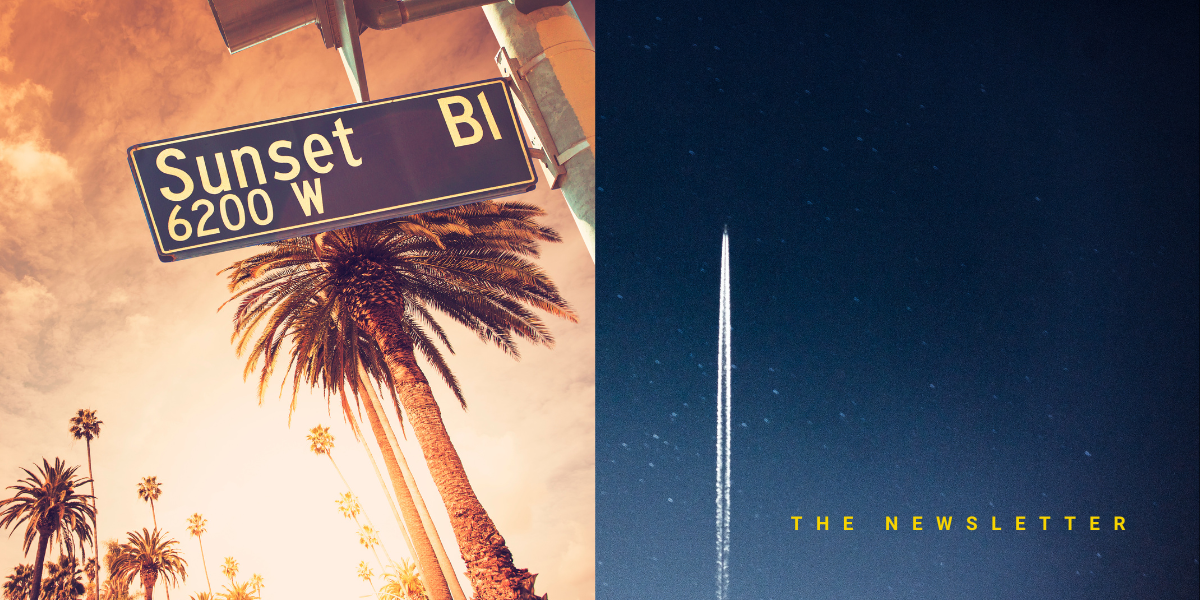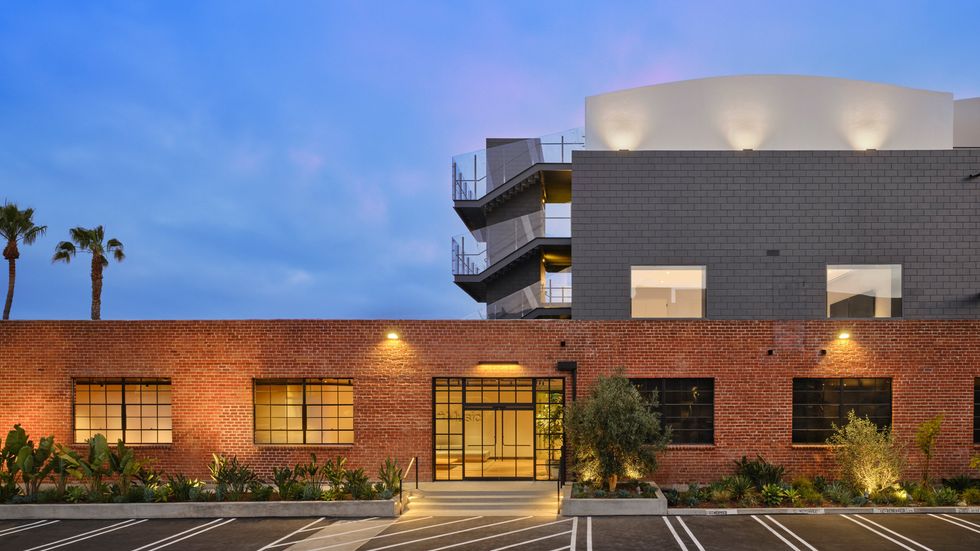After Adnan Syed’s Release, People Flocked To Inspect The Murder Scene Via Augmented Reality

After a Baltimore judge ordered the release of Adnan Syed—Syed was convicted for the 1999 murder of high school student Hae Min Lee—augmented reality app CrimeDoor made sure to let people know they could walk around the blood-splattered crime scene.
The campaign to lure users back to the scene of Lee’s murder began on September 17th. The day before news of Syed’s release was announced, CrimeDoor posted a side-by-side photo of Syed and Lee on Instagram with a reminder that the “hearing was scheduled for Monday.”
After the Associated Press announced the news, CrimeDoor tweeted an alert from their official Twitter account with another side-by-side photo, this time just of Syed. One photo from 1999, taken before he was accused of Lee’s murder. And another, more recent photo of Syed wearing a blue, maximum custody prison uniform.
\u201c\ud83d\udea8Adnan Syed will walk free. Hae\u2019s murder deserves real justice. #adnansyed #freeadnan #haeminlee #truecrime #serial #serialpodcast #breaking #breakingnews\u201d— crimedoor (@crimedoor) 1663619321
Inside the app itself, the image carousel at the top featured the same side-by-side image with a “Breaking News” banner. A few rows down, in the “Recently Updated” section, users were shown a photo of Lee that clicks through to the 3D crime scene. Of course, the crime scene is locked. But for $4.99 anybody can know what it's like to explore the site of Lee’s murder as it appeared right after the crime occurred.
The subtext here was obvious: Maybe you can be the one to solve the case.
And for that matter, the marketing campaign worked. According to Google Trends, searches for CrimeDoor spiked on the day after the news of Syed’s release. Additionally, dot.LA’s original article about the Los Angeles-based company also saw a nearly 1000% jump in traffic from Google search.
That CrimeDoor sent out these alerts isn’t surprising. CrimeDoor is, however, notorious for pushing new updates when old murders are back in the news. Last year, they released the augmented reality edition of the drive-by shooting of Notorious B.I.G., aka Christopher Wallace, on the 24th anniversary of the Brooklyn native's murder outside the Peterson Automotive Museum.
The release was part of CrimeDoor’s special series on historical crimes that led off with a 3D recreation of the crucifixion of Jesus Christ. It also included the murder of Abraham Lincoln, Martin Luther King Jr. and John F. Kennedy. As part of the series launch, CrimeDoor also sent out a press release to reporters promising to let users “experience final moments in history.” One of those moments was the murder of George Floyd presented, “for the first time in-person via augmented reality.” After public backlash, CrimeDoor canceled plans for that augmented reality murder scene.
In response to the backlash, CrimeDoor’s founder Neil Mandt told dot.LA last year that the families of two unsolved murder victims actually helped build out their respective crime door scenes for the app. "The awareness on those cases has significantly jumped, as a result of our efforts," Mandt said.
It should however be noted that up to this point, users have yet to help solve an actual case.
CrimeDoor did not respond to requests for comment on this story.
Nonetheless, if interest in the app after the announcement of Syed’s release is any indication, the future of visiting murder scenes via augmented reality will likely continue to be be a lucrative business.
- CrimeDoor VR App Features Notorious B.I.G. Murder Scene - dot.LA ›
- CrimeDoor App Aims to Solve Cold Cases, Change True Crime - dot ... ›
- True Crime Is Facing A Reckoning After 'Dahmer' - dot.LA ›





 Image Source: Tinder
Image Source: Tinder Image Source: Apple
Image Source: Apple